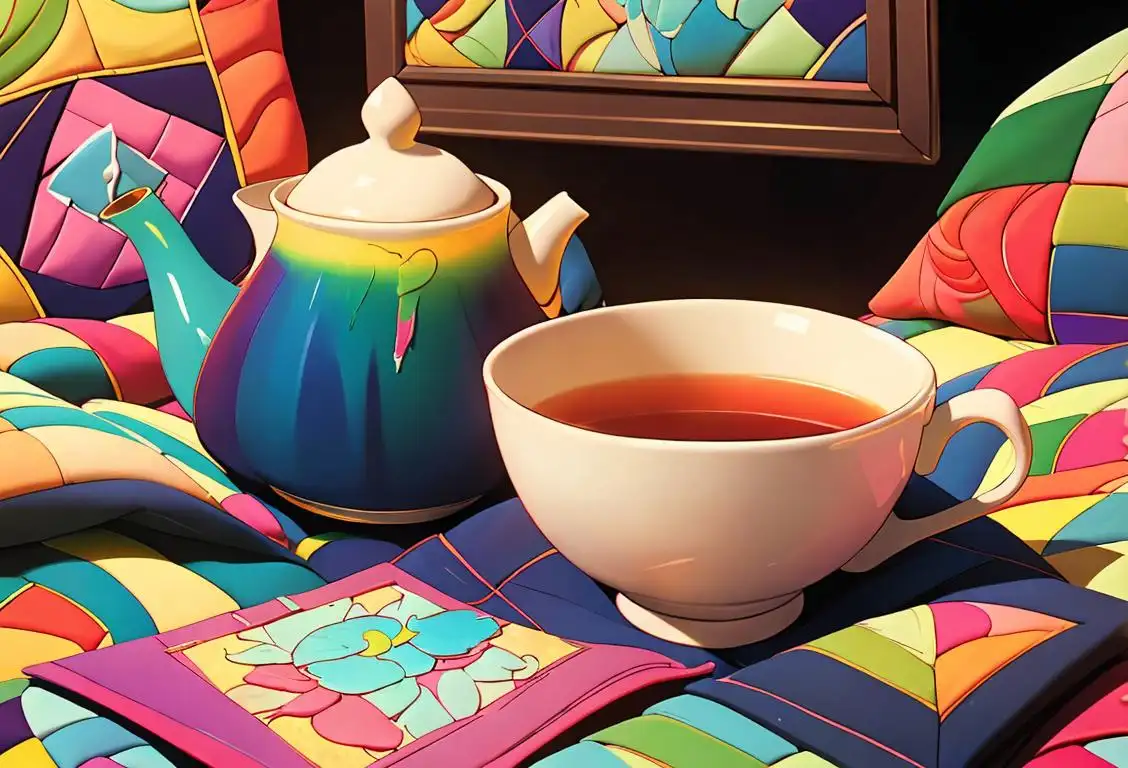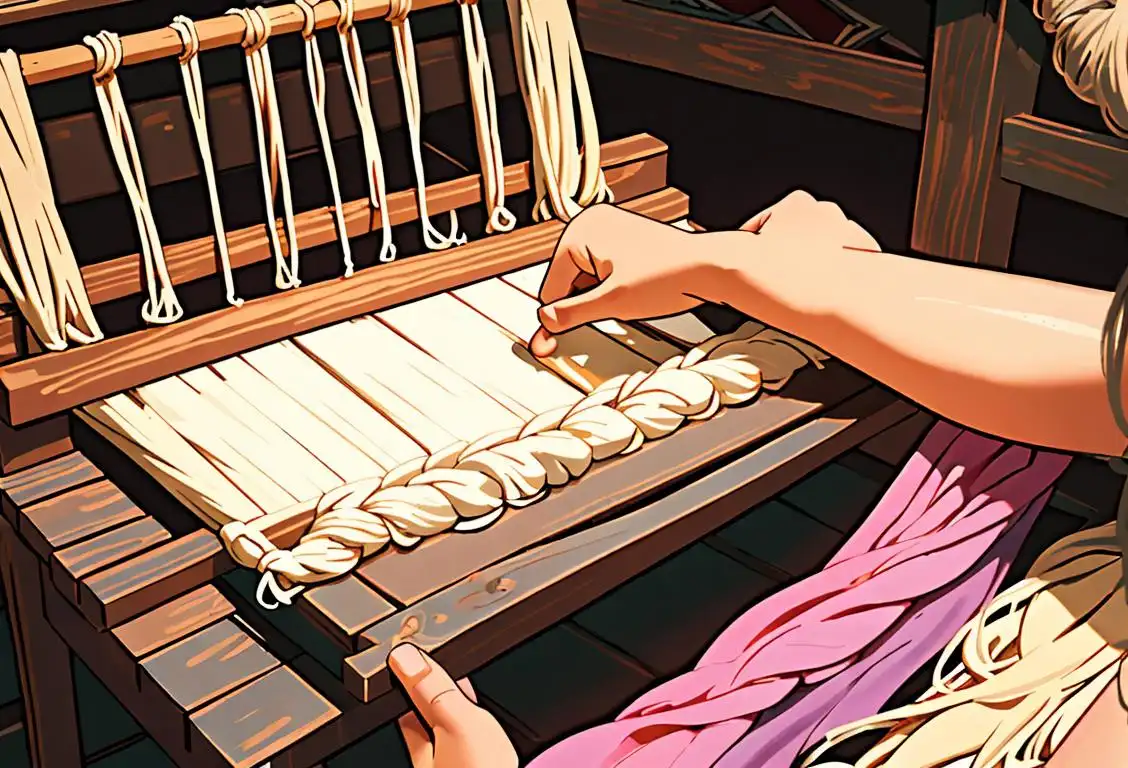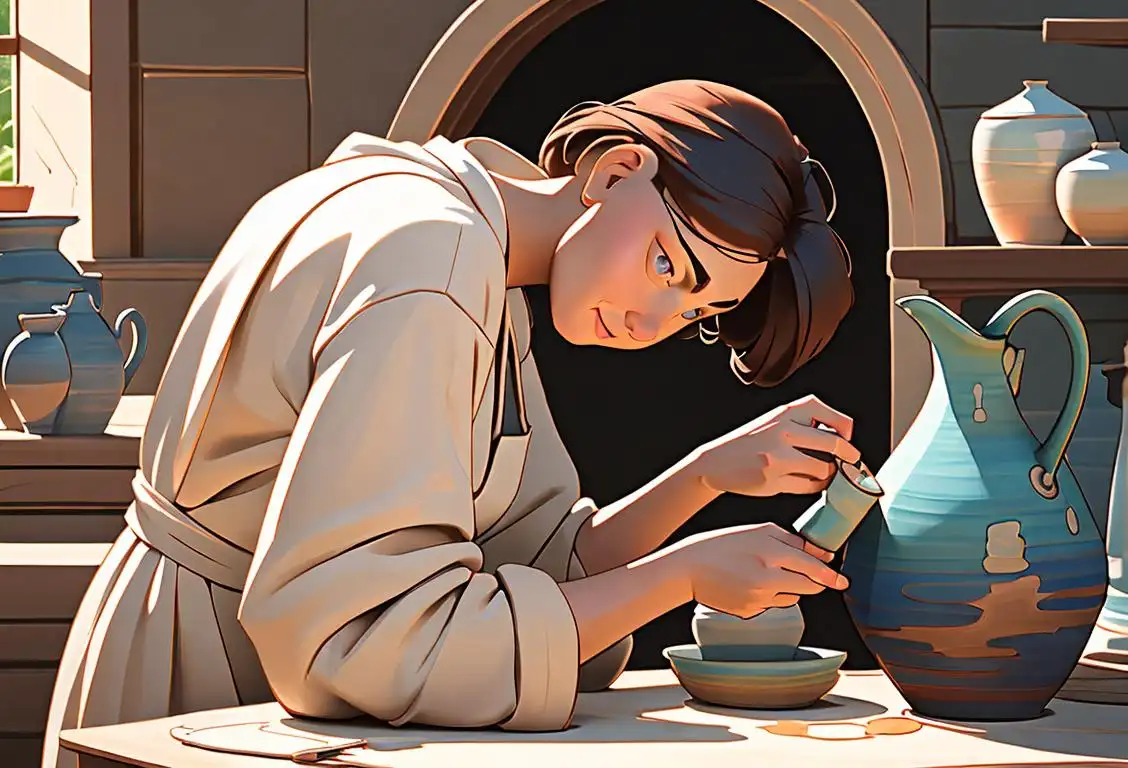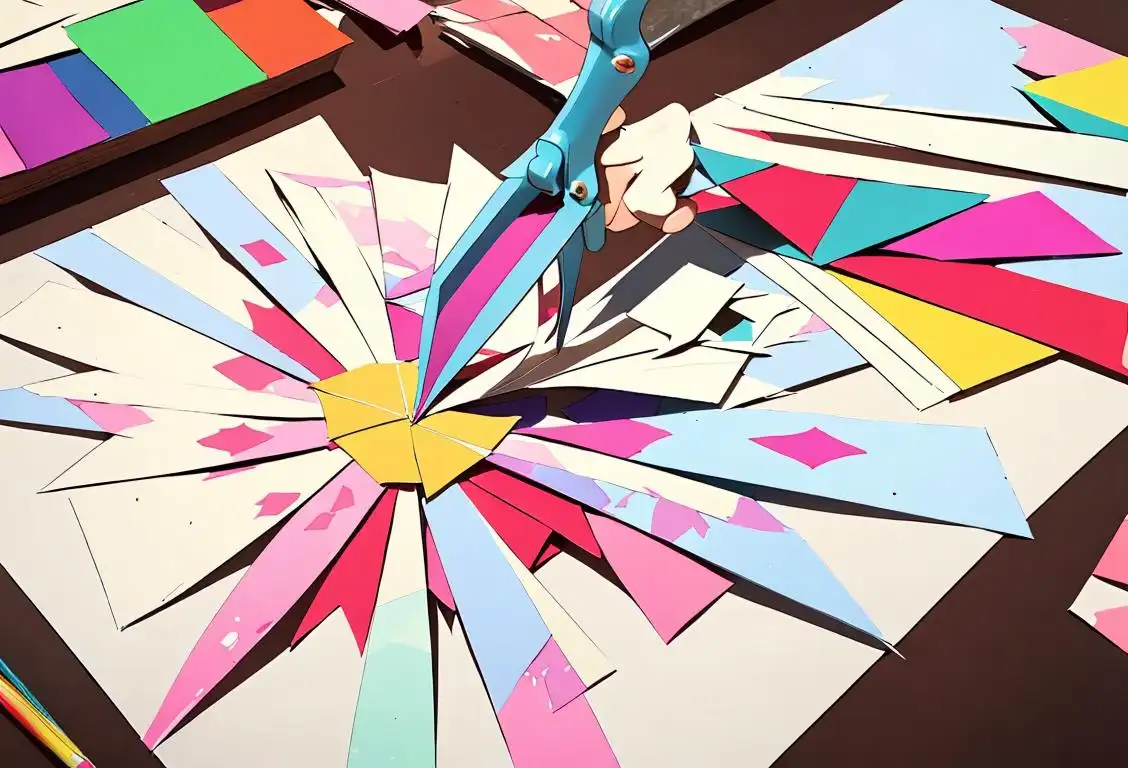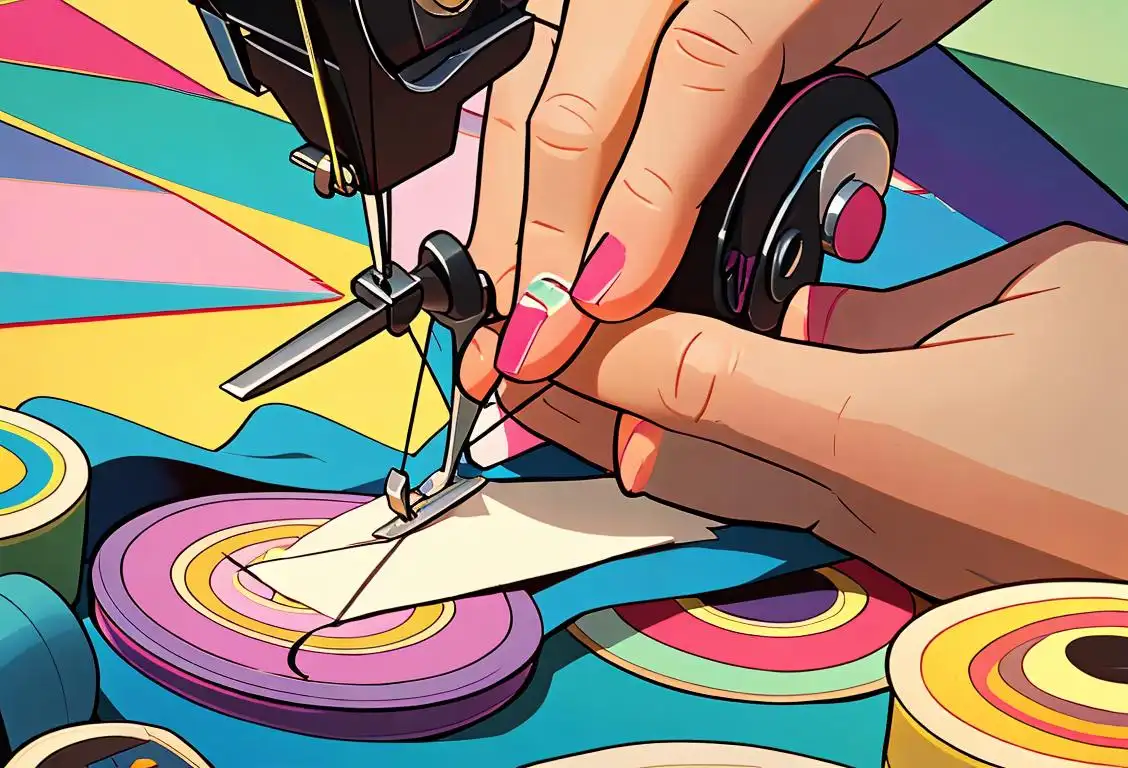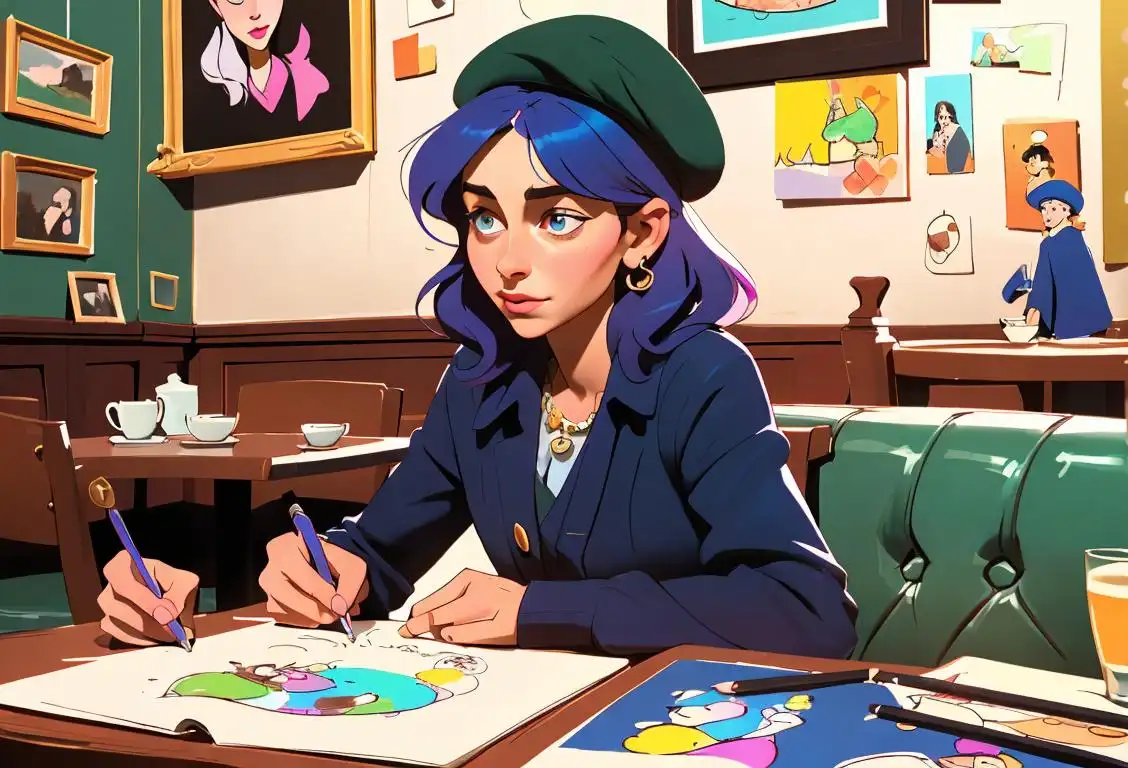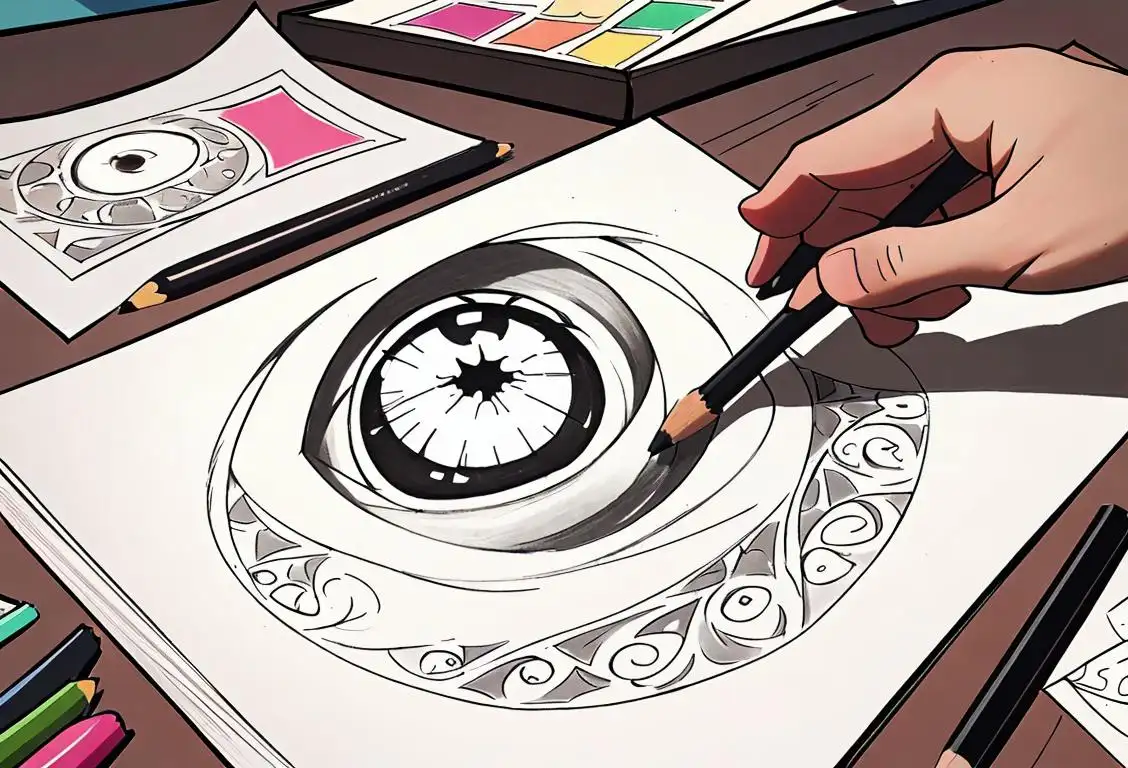National Embroidery Day
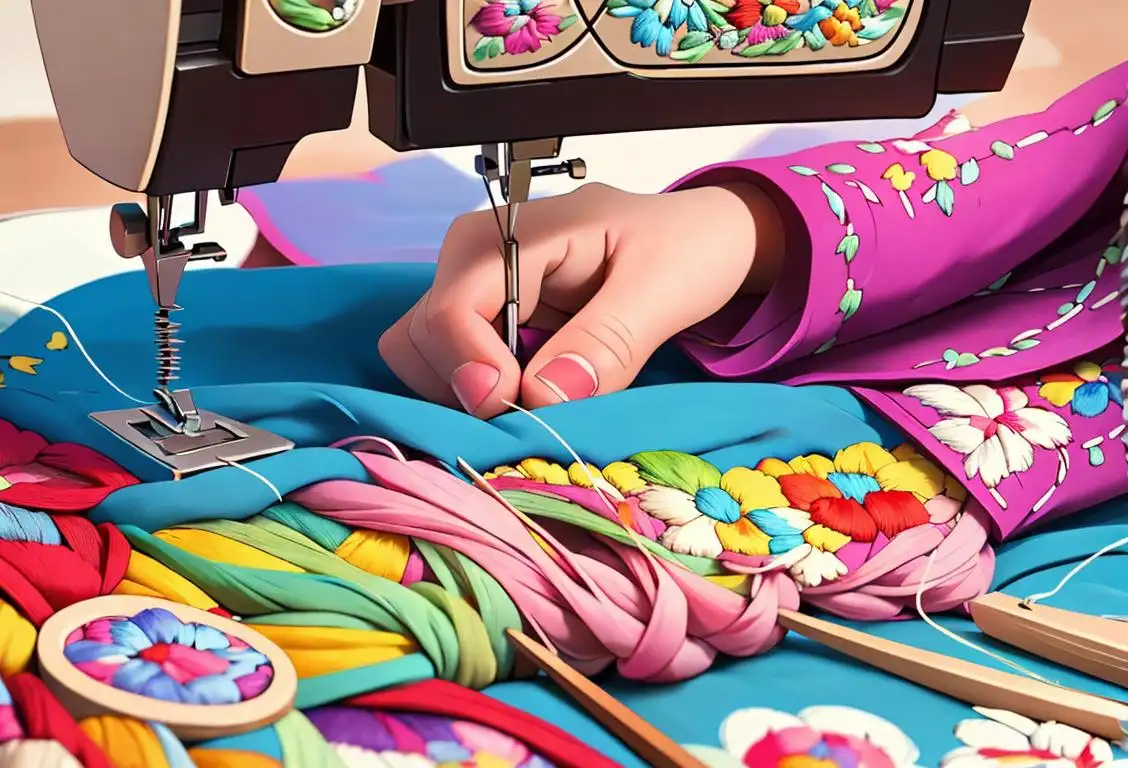
Welcome to the dazzling world of embroidery! National Embroidery Day is a celebration of the artistry, skill, and patience involved in creating beautiful stitched masterpieces. Whether you're a needlework enthusiast or someone who's just starting to explore the wonders of embroidery, this day is all about admiring the delicate stitches that bring fabric to life.
When is Embroidery Day?
It's national embroidery day on the 31st July.
A Stitch in Time: The Internet History of National Embroidery Day
Embroidery has a rich history that stretches back thousands of years. From the ancient Egyptians and Chinese to the intricate tapestries of medieval Europe, people have long been captivated by the decorative possibilities of needle and thread. But how did National Embroidery Day become a thing?
Well, like many national days, the origins of National Embroidery Day are a bit of a mystery. While some may argue that every day is embroidery day, it wasn't until the internet came along that we started designating specific days to celebrate our favorite hobbies.
The first recorded mention of National Embroidery Day online dates back to July 31, 2016. A group of passionate stitchers took to social media to declare their love for embroidery and to encourage others to pick up a needle and thread. Their enthusiasm soon caught on, and the hashtag #NationalEmbroideryDay started trending across various platforms.
Since then, National Embroidery Day has grown into a global celebration of all things embroidery. From awe-inspiring tapestries to adorable cross-stitched animals, people share their creations online, inspiring others to try their hand at this ancient craft.
Embroidery: Not Just for Grandma Anymore
Gone are the days when embroidery was solely associated with grandmas huddled over rocking chairs. Today, embroidery has taken on a modern twist, finding its way onto high-fashion runways, hipster patches, and even sneakers!
Embroidery is a versatile art form that allows for endless creativity. You can stitch delicate floral patterns onto a summer dress, add a touch of whimsy to a plain denim jacket, or personalize a baby blanket with an adorable design. The possibilities are as limitless as your imagination.
Furthermore, embroidery isn't just for fabric. Crafters have extended their needlework talents to unexpected materials like paper, wood, and even balloons. Yes, you read that right – embroidery on balloons! The creativity knows no bounds.
Reviving a Traditional Craft
In today's fast-paced, digital world, embroidery offers a peaceful respite from the chaos. It's a craft that demands patience, attention to detail, and a willingness to slow down and savor the process. As we commemorate National Embroidery Day, let us not only celebrate the art itself but also the invaluable life skills it teaches us.
So, whether you're an experienced stitcher or a complete novice, take some time on National Embroidery Day to pick up a needle and thread. Who knows, you might uncover a hidden passion or create a cherished heirloom that will be treasured for generations to come.
History behind the term 'Embroidery'
6000 BCE
Early Beginnings
Embroidery has a long and rich history, dating back to around 6000 BCE. The earliest evidence of embroidery was discovered in archaeological remains in China. These early embroideries were created using simple techniques such as hand stitching and using natural fibers like flax and wool. It was primarily used to decorate clothing and household items.
3rd century BCE
Royal Artistry
Embroidery gained significant popularity in the 3rd century BCE during the Han Dynasty in China. It was considered an art form and was used to embellish the clothing of royalty and aristocrats. Intricate designs and patterns were created using silk thread and metallic threads made from gold and silver. This period is often referred to as the golden age of Chinese embroidery.
11th century
European Influence
Embroidery made its way to Europe in the 11th century thanks to the Crusades. European nobles and the church began to embrace this decorative technique. It was used to adorn clothing, tapestries, and religious vestments. Intricate patterns, including detailed floral motifs and scenes from biblical stories, became immensely popular.
16th century
Highly Valued Skill
By the 16th century, embroidery had become a highly valued skill, particularly among women of the upper class. Embroidery schools were established across Europe, and young girls were taught the art from an early age. The designs became even more intricate, and the techniques evolved to include raised and padded embroidery, as well as techniques like blackwork and whitework.
19th century
Industrial Revolution Impact
The industrial revolution in the 19th century marked a significant shift in the production of embroidery. Hand embroidery started to be replaced by machine embroidery, making it more accessible and affordable. The introduction of sewing machines and embroidery machines revolutionized the industry, allowing for faster production and the creation of detailed designs on a larger scale.
20th century
Contemporary Expressions
In the 20th century, embroidery underwent a transformation. It moved beyond traditional designs and became a means of self-expression and creativity. Artists and designers began incorporating unconventional materials, such as beads, sequins, and even plastic, into their embroidery work. Embroidery techniques expanded to include techniques like cross-stitch, crewelwork, and machine embroidery using computerized designs.
Did you know?
Did you know that the world's largest tapestry, entitled "The Great Tapestry of Scotland," measures a staggering 143 meters in length? That's longer than one and a half football fields! It took over 1,000 volunteers and four years to complete.Tagged
art crafts textilesFirst identified
31st July 2016Most mentioned on
31st July 2016Total mentions
4Other days
Embroidery Day
Quilt Day
Hand Loom Day
Ceramics Day
Scissoring Day
Sewing Day
Cartoonist Day
Doodle Day
Drawing Day
Batik Day
